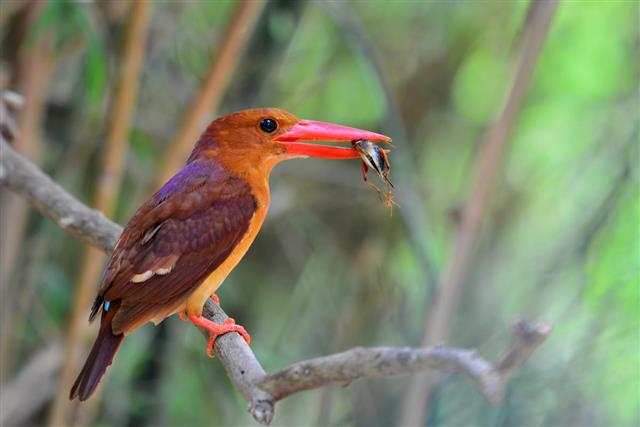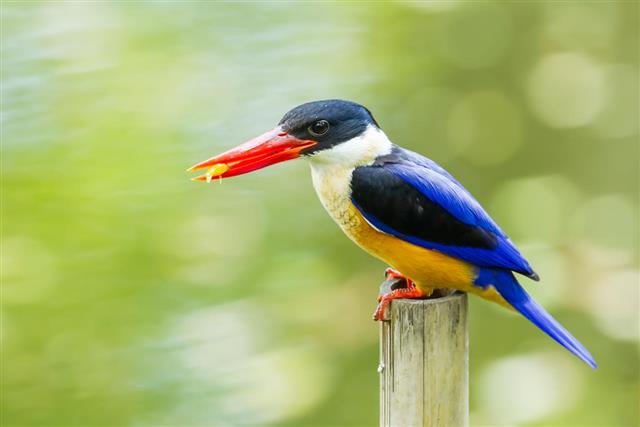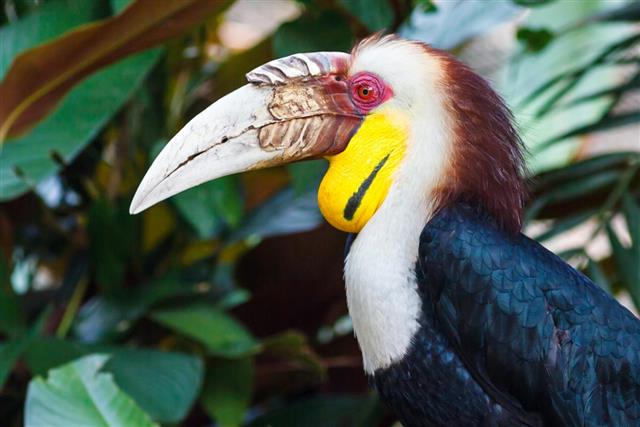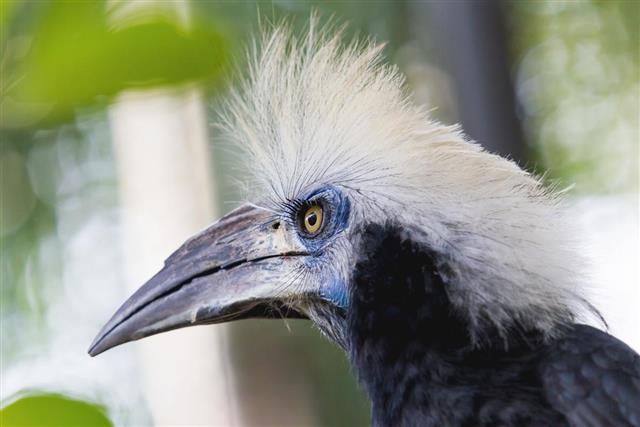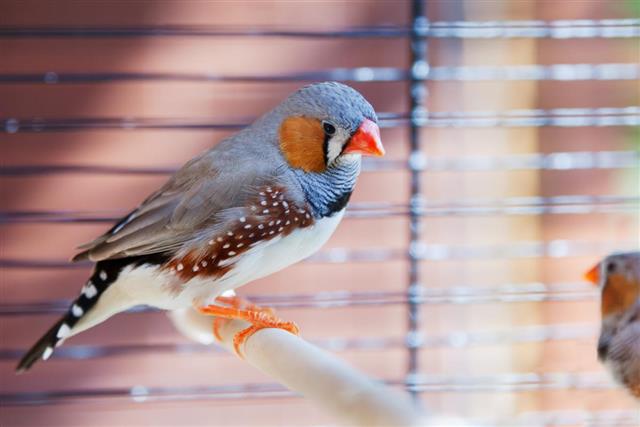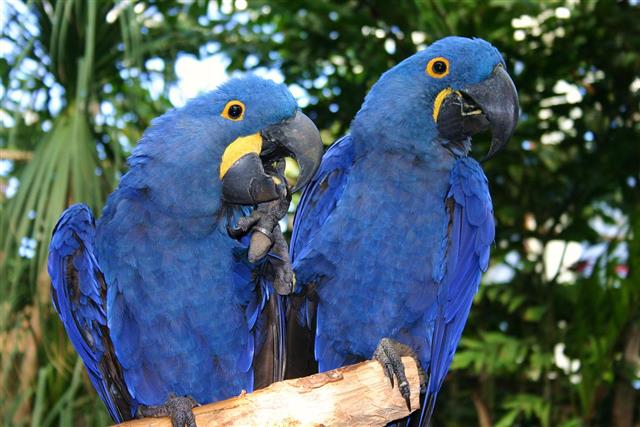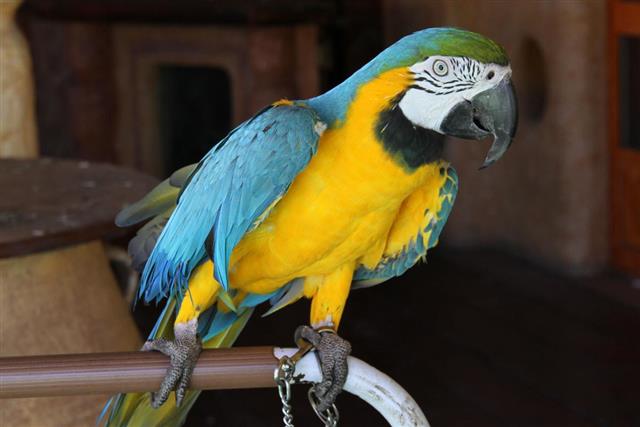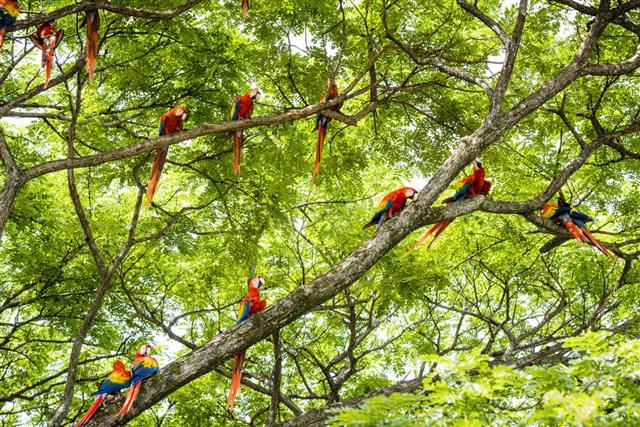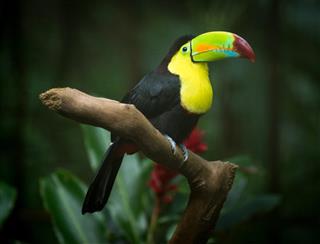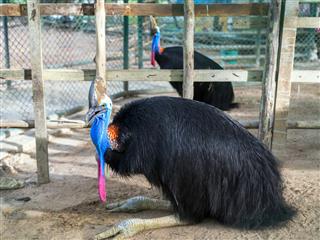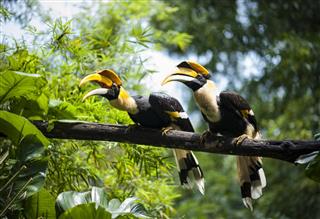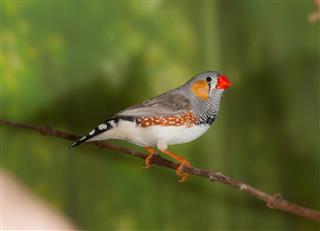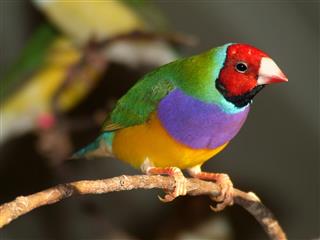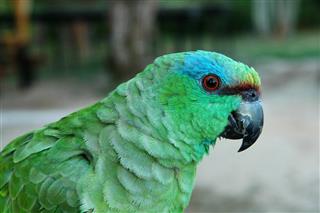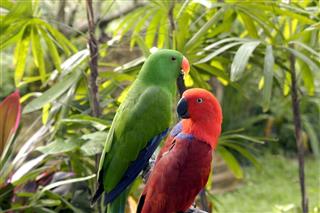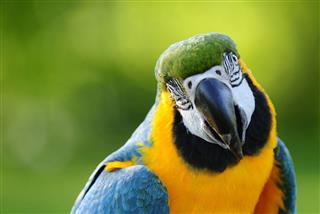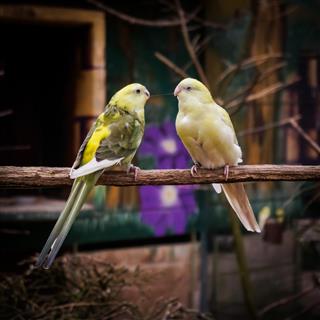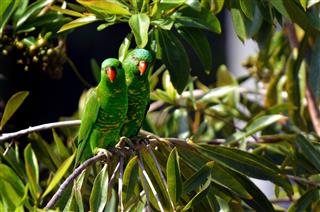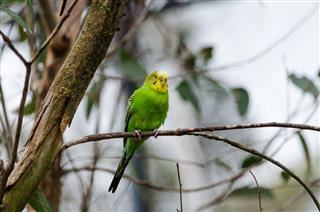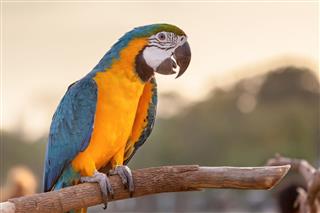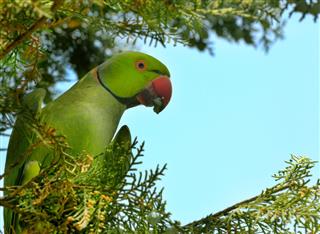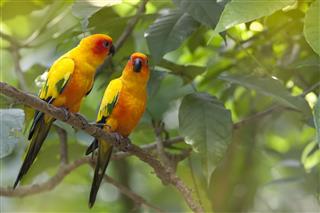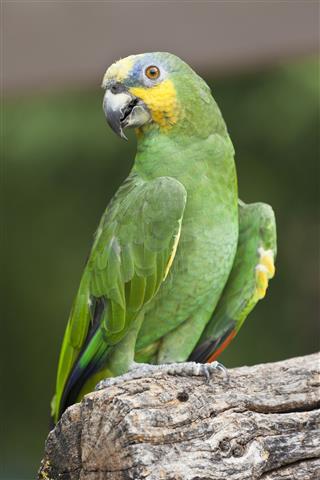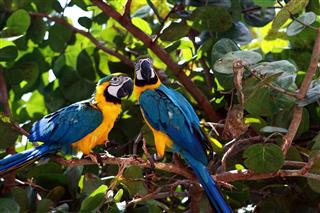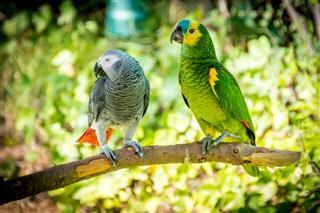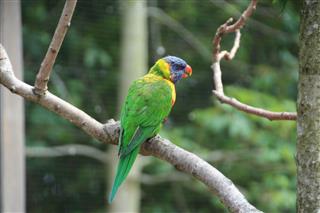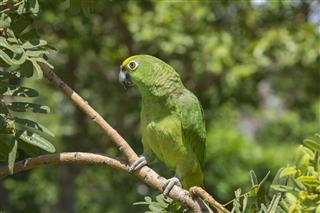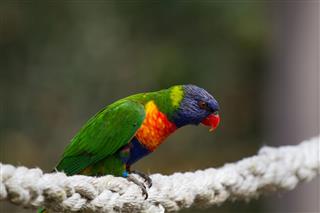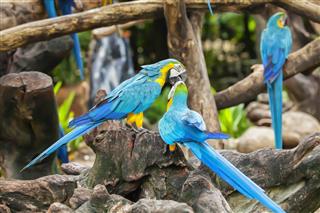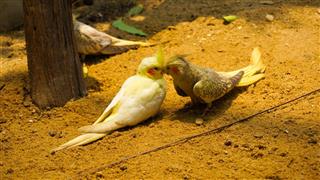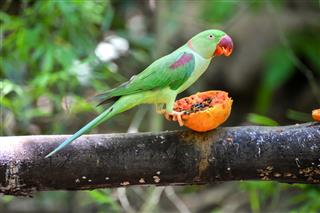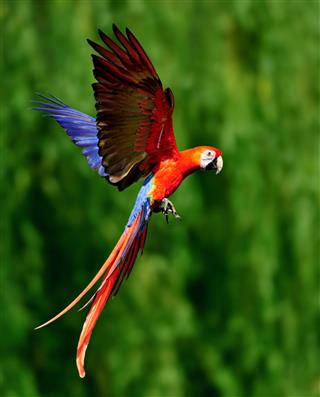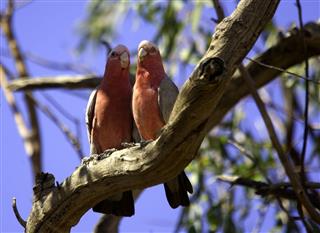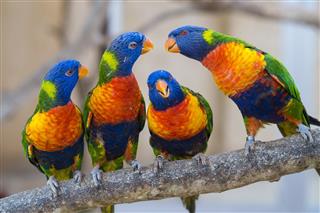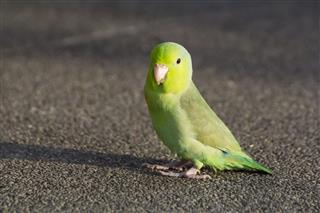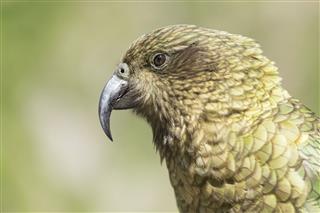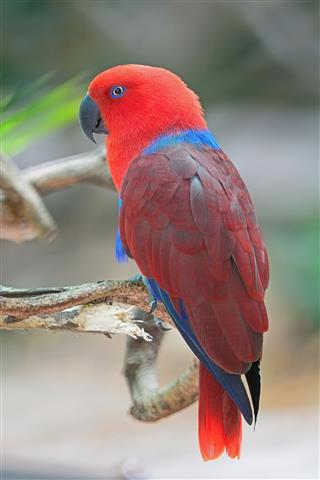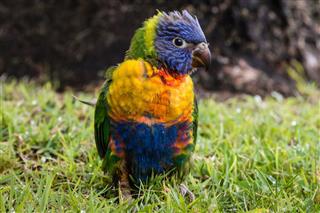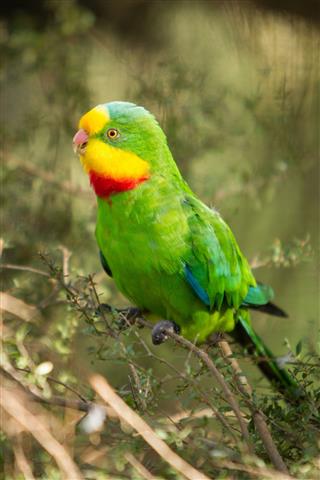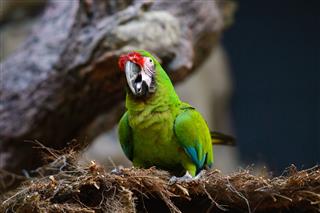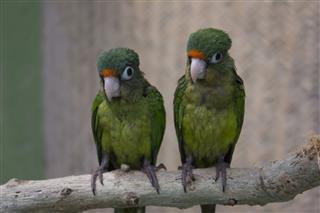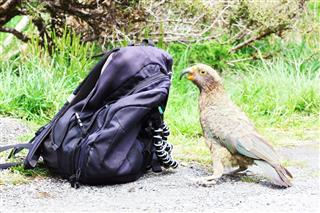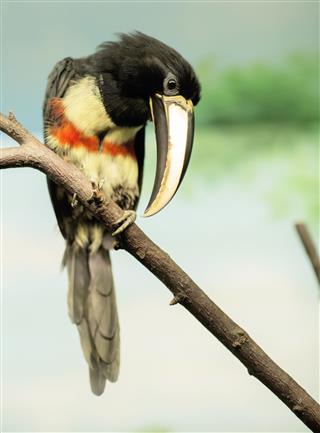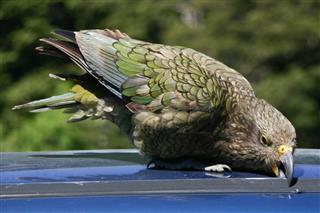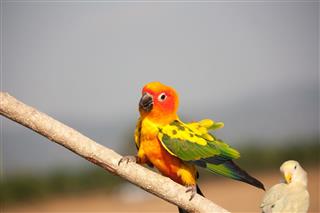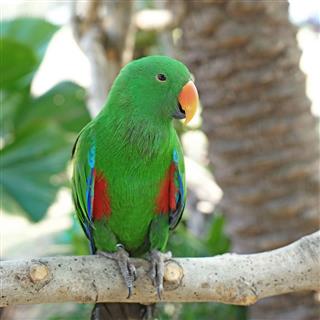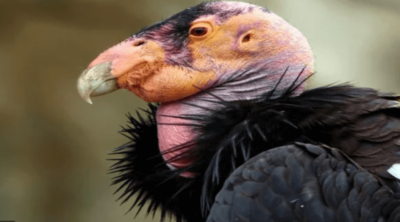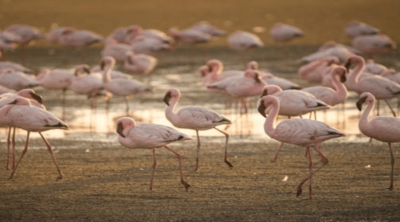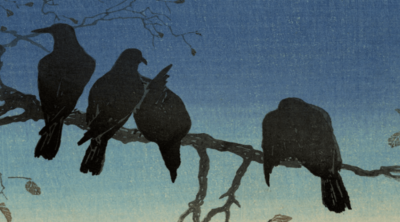
A majority of the world’s exquisite and rare bird species are found in tropical rainforests. Read this article to know more about some birds of tropical rainforests.
Tropical rainforests are found in Africa, Asia, Australia, and Central and South America. Dense plantation, warm weather, and heavy rainfall are some of their typical characteristics. They provide a perfect habitat for many animals, plants, and birds. The Amazon is the world’s largest tropical rainforest. There are more than 10,000 species of birds in the world. The Amazon Basin and Indonesian tropical rainforests are the habitat of more than 50% of the birds in the world.
Parrots
There are about 315 species of parrots found in tropical rainforests. They eat fruits, nuts, seeds, and some vegetables. Macaws also belong to the family of parrots. Many of them live in flocks and some live with a single mate throughout their lives. Though parrots are strikingly colorful, males are usually more colorful than females, which shows sexual dimorphism. They have an average lifespan of 30 to 50 years. The African Gray Parrot, scarlet macaw, blue and gold macaw, hyacinth macaw, and red and green macaw are some popular parrot species.
- Scarlet Macaw: Its biological name is ara macao. It is found in the tropical forests of Central and South America. It is a national bird of the country Honduras.
- Blue and Gold Macaw: Its biological name is ara ararauna. It is blue and yellow in color, which is why it is also called the blue and yellow macaw. It is mostly found in tropical South America.
- Hyacinth Macaw: Its biological name is anodorhynchus hyacinthinus. It has blue wings, a black beak, and yellow eyes. It is the largest bird among the flying parrot species and macaws.
Finches
Many species of finches are found in rainforests. Some of these are the Gouldian finch, cut throat finch, weaver finch, zebra finch, etc. These birds are predominantly seed eaters. They are also songbirds. They are most commonly found in wooded areas, but sometimes also in rocky areas and deserts. They build basket-shaped nests, and their flying technique is a mixture of alternate wing flapping and gliding.
- Gouldian Finch: The biological name of this bird is Erythrura gouldiae. It is found in northern and western Australia. It is now an endangered species due to loss of its habitat and has become nearly extinct in the wild, though its numbers are very high in captivity due to its popularity as a pet.
- Cut Throat Finch: The biological name of this bird is Amadina fasciata. It gets its name due to a red-colored band of feathers that go across its throat, which makes it look like the throat has been cut. Its numbers in the wild are sufficient enough and it is not endangered. It is found in Angola, Botswana, Republic of Congo, Ethiopia, Ghana, Kenya, Malawi, Somalia, South Africa, Uganda, Zambia, and many more places.
- Zebra Finch: The biological name of this bird is Taeniopygia guttata. It is native to central Australia, but now can also be found in Indonesia, Puerto Rico, United States, Brazil, East Timor, and Portugal. It gets its name due to the black and white feathers on its neck that look like the stripes of a Zebra.
Hornbill
There are many species of hornbills, such as the great Indian hornbill, rhinoceros hornbill, crowned hornbill, African pied hornbill, oriental pied hornbill, wreathed hornbill etc. They eat fruits, insects, ants, and other small animals. Hornbills make a raucous noise. They are known for their unusual nesting behavior. Females stay in the tree hole with a sealed opening during the period of nurturing the young ones. These birds live in groups and are mostly found in tropical and subtropical areas of Asia and Africa.
- Rhinoceros Hornbill: Its biological name is buceros rhinoceros. It has a white beak with shades of red and orange, black wings, and a black and white tail. It is the largest bird of this species. It is found in Southeast Asia, Malay Peninsula, Sumatra, Borneo, and Java.
- Crowned Hornbill: Its biological name is tockus alboterminatus. It has a white belly, red beak, yellow eyes, and black wings. It is found only on the eastern coast of the riverine and coastal forests of southern and northeastern Africa. It eats insects, fruits, seeds, and small rodents.
- Wreathed Hornbill: Its biological name is rhyticeros undulatus. It is also called bar-pouched wreathed hornbill. It is found in the tropical areas from Southwest China to India, Southeast Asia, Java, and Bali.
Kingfisher
There are about 90 species of kingfisher in the world. These are small and brightly-colored birds. They can be seen skimming over the water surface to catch fish.
- Buff-breasted Paradise Kingfisher: Its biological name is tanysiptera sylvia. It has a white tail and a thick red beak. This bird eats lizards, frogs, and insects. It is found only in the rainforests of North Queensland.
- Little Kingfisher: Its biological name is alcedo pusilla. It has glossy, deep-blue wings, a black beak, a small white patch on the neck, and a white belly. The little kingfisher eats crustaceans, reptiles, insects, and their larvae. It is found in the far northern coastal areas of the Northern Territory and Australia.
- Forest Kingfisher: Its biological name is todiramphus macleayii. It is also known as macleay’s kingfisher or blue kingfisher. It has a turquoise-green head, a white belly, and black legs. It is found in Australia, Indonesia, the Solomon Islands, and Papua New Guinea.
Cassowary
The Cassowary is a remarkably big, powerful, and flightless bird. It is found in northern Queensland in Australia and the lowland rainforests of New Guinea. It belongs to a rare bird species. It is similar to the emu and ostrich in appearance. It eats insects, fruit, seeds, and tubers. The cassowary plays an important role in spreading vegetation within the forest. The golden-neck Cassowary is known for using its powerful kick for defense purposes. The golden-neck cassowary, southern cassowary, and double-wattled cassowary are some of the species.
Toucan
The toucan is famous for its large and colorful beak. There are five genera of this bird which consist of about forty species. Its closest relative is the American Barbet. This bird has powerful legs, a rounded tail, a short body, and a very long beak. The beak is usually brightly-colored and houses a gray-colored tongue that is about 6 inches long. This bird eats mostly fruits, and the long beak helps it to sit in one place and pluck all the accessible fruits around it without having to move around much. Apart from fruits, this bird also eats insects, small lizards, and even unhatched eggs and hatchlings of small birds. It is native to tropical and sub-tropical regions like Southern Mexico, certain areas of South America, Central America, and the Caribbean. It builds its nest in tree hollows like the Woodpecker. Some species of the Toucan are green toucanets, aracaris, mountain toucanets, typical toucans, and dichromatic toucanets.
These are some of the beautiful birds found in rainforests. They are diverse in their appearances and characteristics. Tropical rainforests play an important role in maintaining the diversity of these birds.
